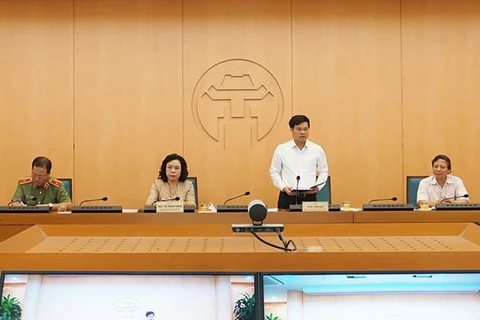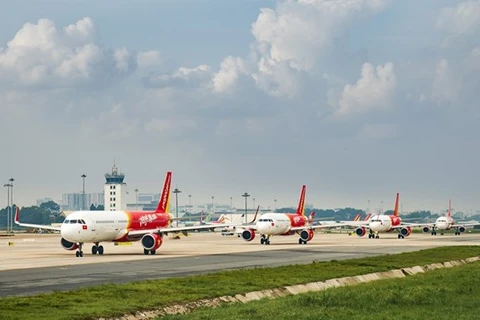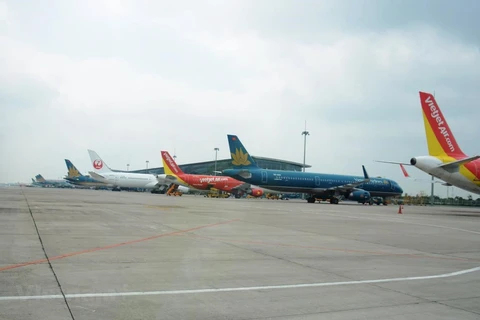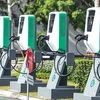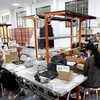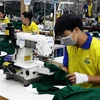Hanoi (VNA) - Domestics airlines have said they are ready for the restart of international flights, after routes to and from foreign destinations were closed for almost half a year to prevent the spread of COVID-19.
National flag carrier Vietnam Airlines has completed formulating plans and announced schedules for flights to Japan, with the first departing on September 18, head of its public relations department Dang Anh Tuan told the Vietnam News Agency.
The carrier will only conduct one-way flights, from Vietnam to Japan, however, while awaiting for the Ministry of Health (MoH)'s issuance of directions on the return leg, Tuan said.
He added that the MoH has made a proposal on providing guidelines on how to safely operate inbound flights, which is now subject to comment from the National Steering Committee for COVID-19 Prevention and Control before being finalised.
Low-cost carrier Vietjet Air said it will reopen regular international flights to Japan, the Republic of Korea (RoK), and Taiwan (China) from September 29.
Each week, it will conduct one flight from HCM City to Tokyo on Tuesday, one from HCM City to Seoul on Wednesday, and one from Hanoi to Taipei, Taiwan (China) on Thursday.
Bamboo Airways, meanwhile, also plans to resume flights to Taiwan (China) and the RoK in September and October while launching new routes to Japan, Singapore, and Australia in the fourth quarter of this year and Germany and the UK in the first quarter of 2021.
Earlier, Deputy Prime Minister Pham Binh Minh gave his permission to the resumption of regular international passenger flights between Vietnam and certain countries and territories.
Accordingly, air routes to Guangzhou (China), Taiwan (China), Seoul, and Tokyo restarted on September 15 and those to Phnom Penh and Vientiane will follow, from September 22.
The maximum number of flights on each route will not exceed two per week, which may be increased depending on the situation.
The Civil Aviation Authority of Vietnam (CAAV) has been assigned to work with agencies under the Ministry of Foreign Affairs and partners from China, Japan, the RoK, Taiwan (China), Cambodia, and Laos to discuss those are eligible to enter Vietnam and the requirements to be placed on them, as well as entry procedures.
Before boarding flights to Vietnam, passengers must have their temperature checked, install the NCOVI health declaration app, and obtain a certificate issued by local authorities stating they have tested negative for the coronavirus./.
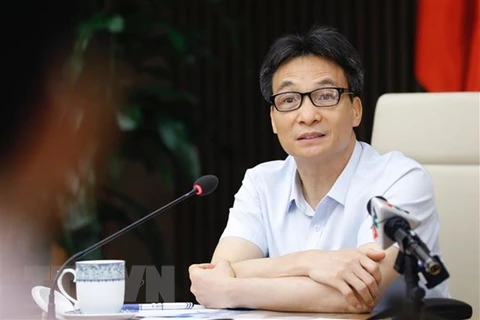
COVID-19: Vietnam works to ensure safety in anticipation of resumption of int'l flights
The National Steering Committee for COVID-19 Prevention and Control on September 9 discussed how to ensure safety as the country is about to resume certain international flights as from September 15.


